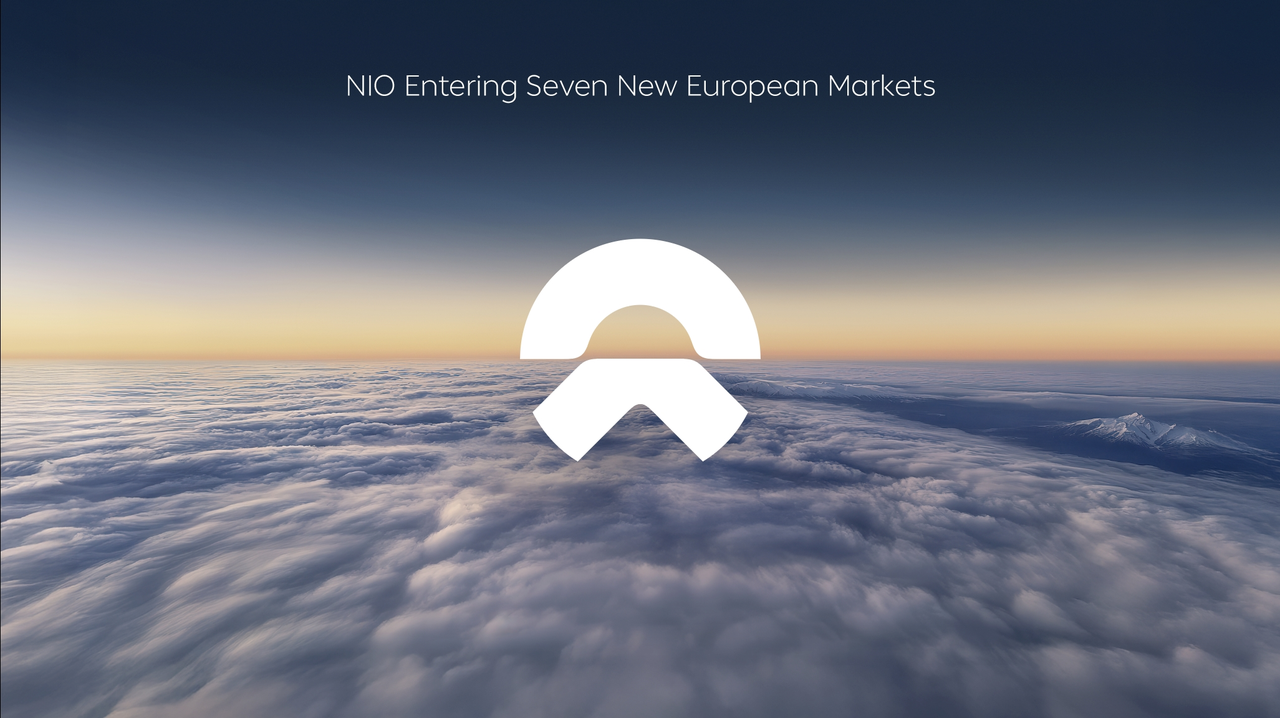LG Chem offers complete and easy solutions for automakers that want to electrify their cars. The company not only produces batteries for electric cars, but also motors, inverters and now on-board chargers.
In Europe, 3-phase on-board chargers will soon become standard and LG Chem acknowledges it by making the 11 kW variant available from the start. While it’s a shame that a compact 22 kW variant isn’t already available, there’s always the possibility of using two 11 kW chargers in parallel to reach 22 kW.
• Rated 3.3 kW, 6.6 kW, 11kW • High-efficiency (95% at maximum) • Highly reliable and energy-efficient system • Wide Out Voltage Range
I really think that powerful on-board chargers are very important, since the DC-fast chargers are very scarse. With decent charging capabilities, electric cars wouldn’t need to carry extremely heavy batteries everywhere - that by increasing the car’s weight, decrease safety (by decreasing acceleration and increasing stopping distance) and efficiency.
If an electric car has a 22 kW on-board charger and is able to charge up to 100 kW at DC-fast chargers, a 40-50 kWh battery would be more than enough for most drivers don’t you think?
More info:
http://www.lg.com/global/business/vehicle-components/xev-solution-power-train







































